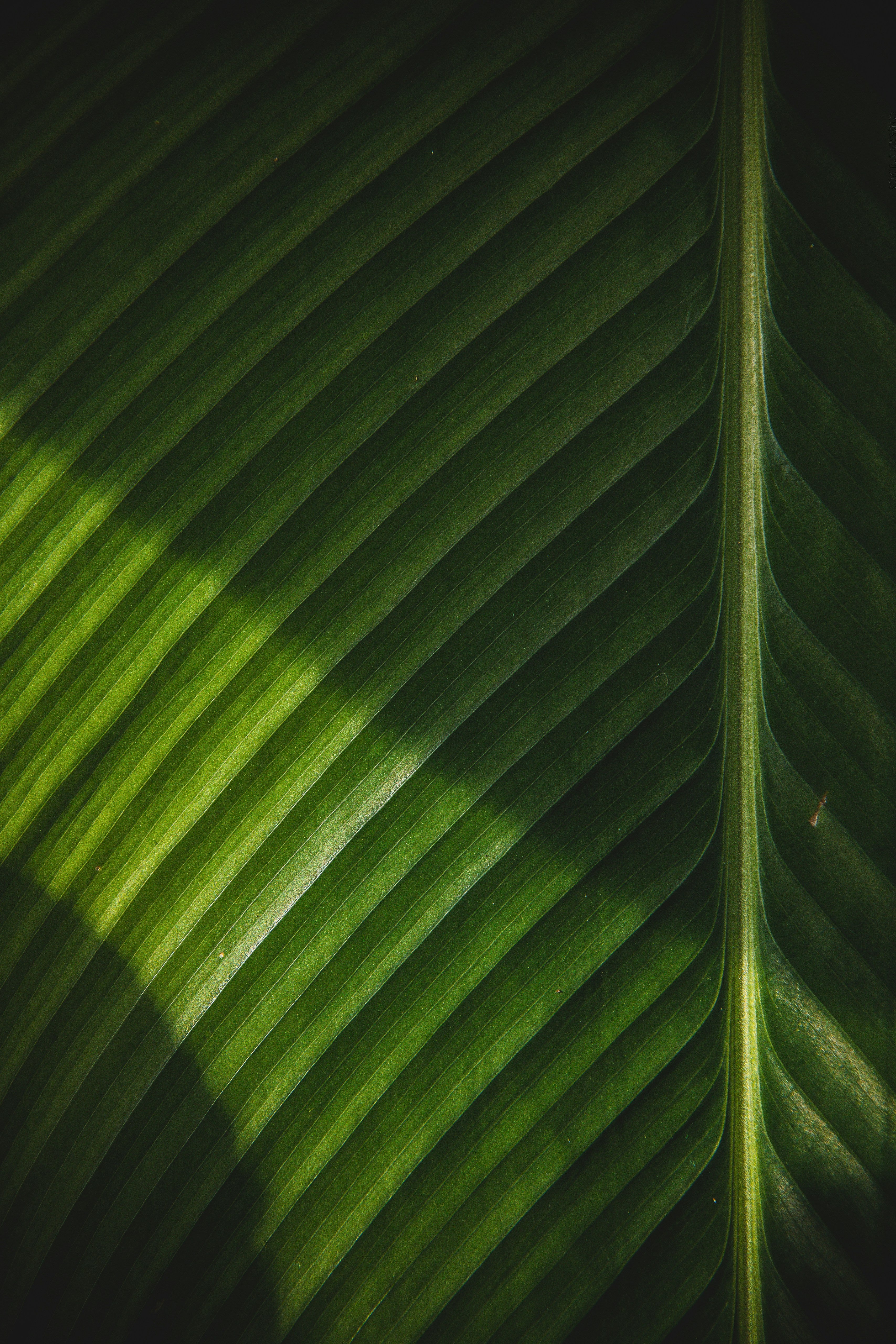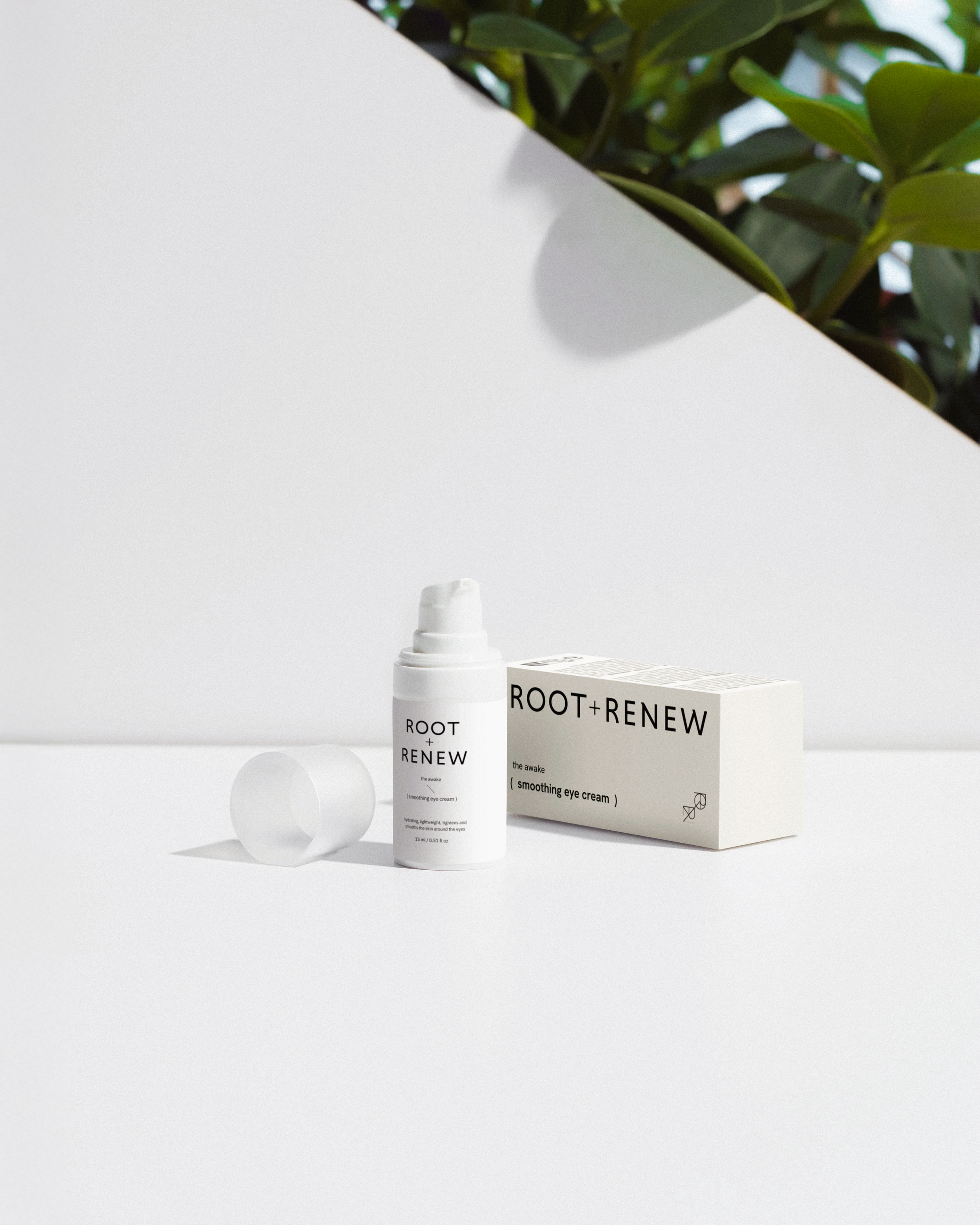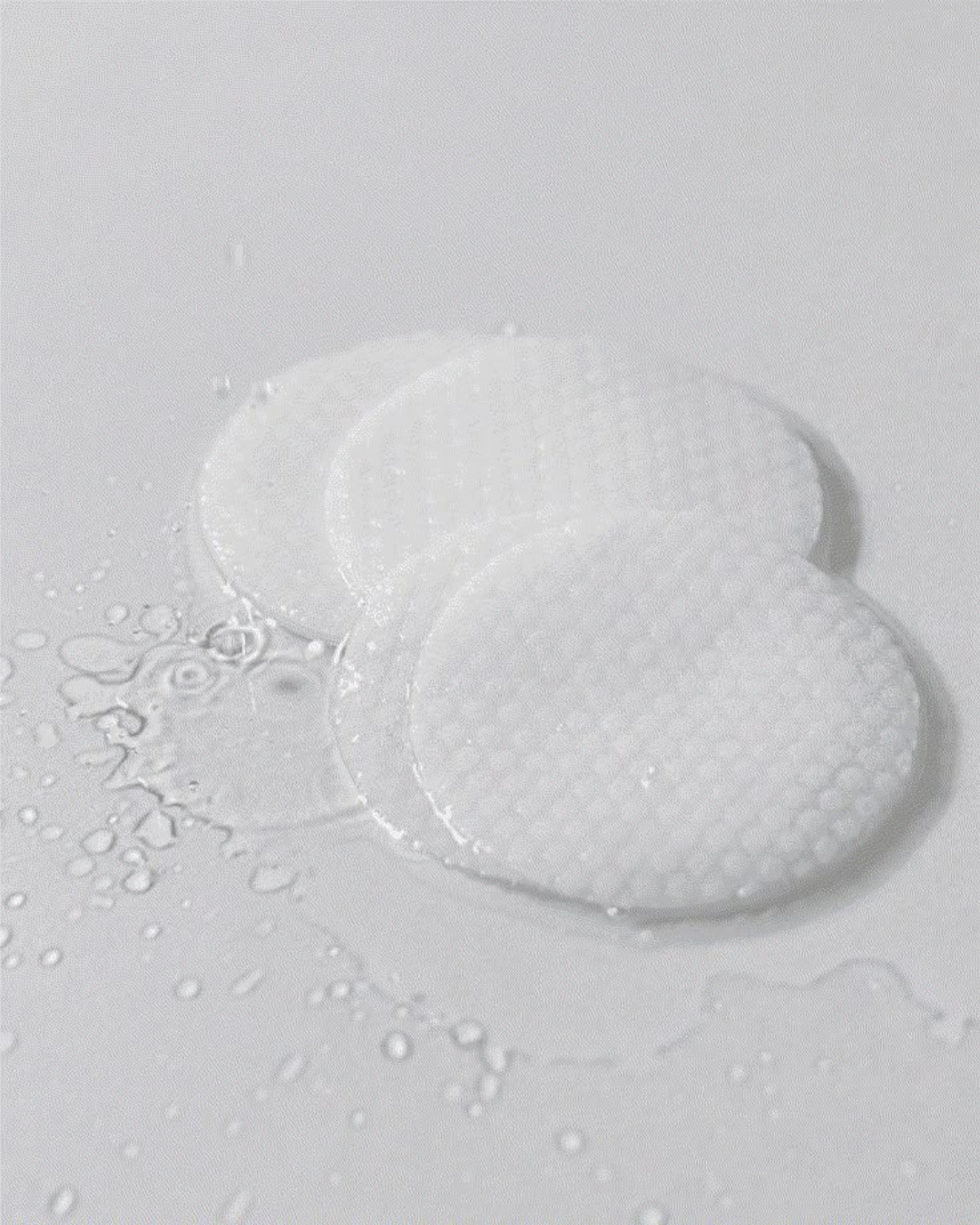Alpha Hydroxy Acids (aka AHAs) get a lot of hype in skincare. They’re the exfoliating heroes behind smoother texture, brighter tone, and that elusive “glow.” But with all the TikTok hacks and outdated advice floating around, it’s easy to end up doing more harm than good especially to your skin barrier.
Your barrier is the bodyguard of your face. When it’s strong, it locks in hydration and keeps irritants out. When it’s compromised, suddenly you’re dealing with redness, flakes, breakouts, or sensitivity. And yes, AHAs can either support or sabotage it depending on how you use them.
Let’s start with the basics:

What is AHA?
Alpha Hydroxy Acids (AHAs) are water-soluble acids derived from natural sources like fruits, milk, and sugar cane. They work on the surface of your skin to gently dissolve dead skin cells that can cause dullness, congestion, or uneven texture. Unlike physical scrubs, AHAs use chemistry (not grit) to smooth skin without microtears. Because they act on the top layer, they’re especially helpful for refining tone and texture. Think of AHAs as a skin reset button — when used properly, they reveal fresh, new skin underneath.
What are the benefits of AHA?
AHAs bring more to the table than just exfoliation. They brighten by reducing the look of dullness and hyperpigmentation, smooth rough patches, and can even help with fine lines over time. By clearing away buildup, they also make your serums and moisturizers work more effectively — no dead skin cells blocking absorption. Some AHAs, like lactic acid, even pull in hydration while they exfoliate. In short: they’re multitaskers that elevate your routine beyond just “glow.”
Who should use AHA?
AHAs can benefit almost every skin type, but the key is customization. If you’re dealing with dullness, uneven tone, early signs of aging, or texture issues, you’re a good candidate. Dry or sensitive skin types should start with gentler acids like lactic acid and always pair them with barrier-supporting products. Oily and combination skin may tolerate glycolic acid more easily, but even then — moderation is essential. Bottom line: if you have skin, AHAs can help, but the strength, type, and frequency should match your skin’s needs.
How often should you use AHA?
This is where most people go wrong. More is not better — and daily use can actually harm your barrier. For most skin types, 2–3 times per week is plenty to see results without irritation. If you’re new to acids, start once a week and gradually build up as your skin adjusts. The sweet spot is consistency over time, paired with hydration and barrier repair between exfoliation days.
Let's Bust the Myths on AHA
Myth 1: AHAs are only for acne or breakouts
Truth: AHAs are about more than clearing pimples. They gently dissolve dead skin cells, boost cell turnover, and smooth rough texture. Translation: almost anyone can benefit — if your barrier is supported with hydration and repair.
Myth 2: The stronger the acid, the better the results
Truth: High-percentage AHAs don’t equal a better glow. In fact, overdoing it can lead to irritation, peeling, and barrier damage. Think of it like strength training — consistency and proper form beat maxing out the weights on day one.
Myth 3: More exfoliation = clearer, faster glow
Truth: Daily scrubbing or layering multiple acid products just strips your skin. A compromised barrier means redness, stinging, and breakouts. When it comes to AHAs, less is more.
Myth 4: Tingling or burning means it’s “working”
Truth: That’s not a flex — it’s a warning. A gentle tingle might happen, but anything close to burning is your skin waving a red flag. Healthy exfoliation shouldn’t hurt.
Myth 5: You should use AHAs every day
Truth: Unless you’ve got the most resilient skin, daily acids are too much. Most skin types thrive with AHAs 2–3 times per week max. Your barrier needs off-days to repair and recharge.
Myth 6: AHAs replace barrier repair
Truth: Acids refine skin, but they don’t hydrate or rebuild. To keep your glow long-lasting, pair AHAs with barrier-loving serums and moisturizers (think: hyaluronic acid, ceramides, peptides).
The Bottom Line
AHAs can transform your skin — when used with care. Protect your barrier, and it’ll protect you. A routine that balances gentle exfoliation + daily hydration is the real secret to glowing skin that lasts.
✨ Protect the barrier that protects you.
🧴 Root + Renew







